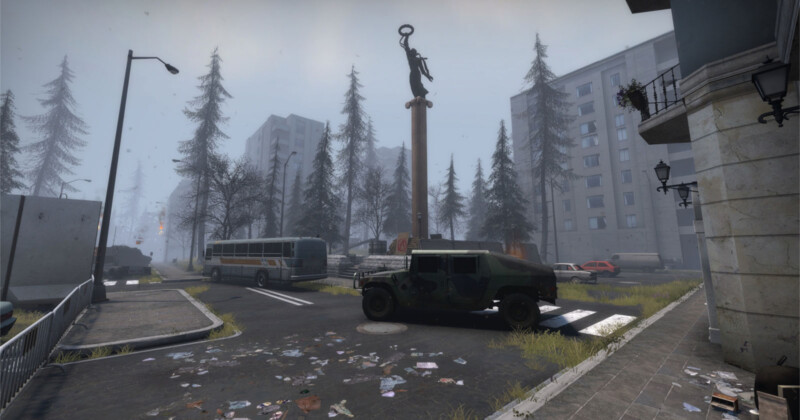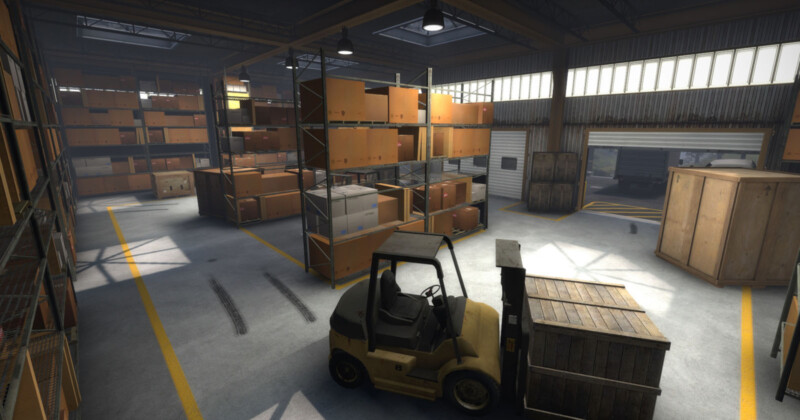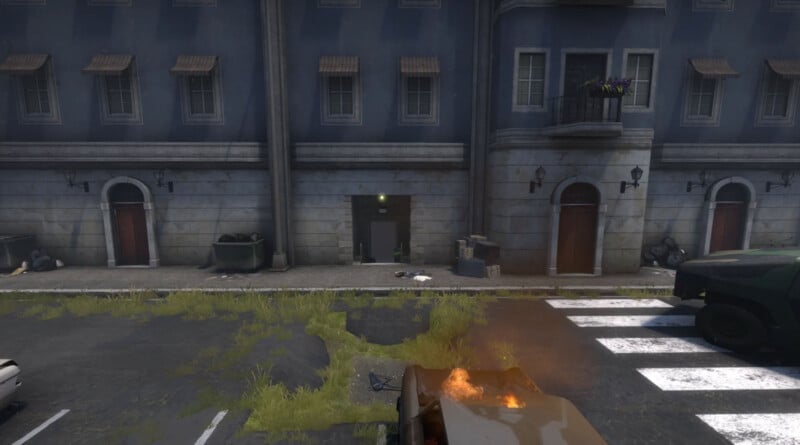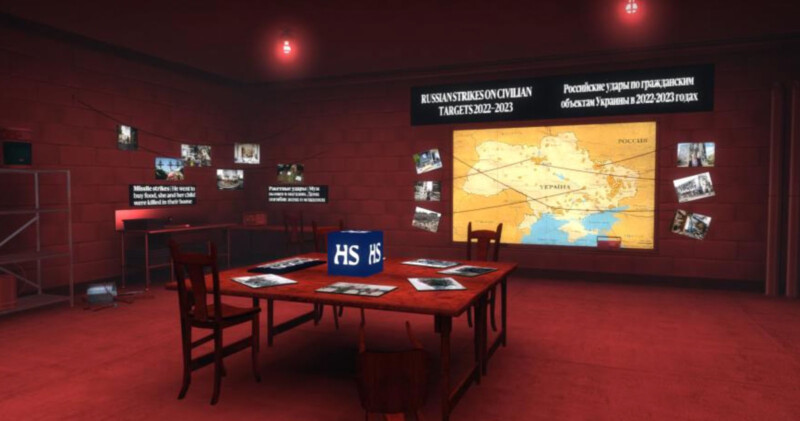Finnish Newspaper Fights Russian Propaganda with a CS: GO Map
![]()
To celebrate the 30th World Press Freedom Day, which falls on May 3rd each year, Finnish newspaper Helsingin Sanomat has worked with game developers to design an anti-propaganda map for the popular video game, Counter-Strike: Global Offensive (CS: GO).
While a map in a first-person shooter game may not seem like journalism at first glance, the map is a creative expression of journalistic freedom, and it underpins the value of the free flow of information.


Within the map, named de_voyna, which is a reference to the Russian word for war, “voyna,” there is a hidden red room that delivers real-world information surrounding the war in Ukraine and specifically Russia’s involvement.

Russian civilians are under constant attack from state-sponsored propaganda, and Vladimir Putin’s government has made honest journalism all but impossible within the country. While Russian journalists may not be able to talk openly about Russia’s war against Ukraine, or what Putin calls “a special military operation,” Russians can play Counter-Strike: Global Offensive.
Within the hidden room on de_voyna, Helsingin Sanomat and the developers it worked with have crafted a multimedia presentation with photos, text, and information concerning the war in Ukraine.

The developers have left clues designed for Russian players, including placing it within a Slavic-inspired building, utilizing a burning car as a stand-in for the eternal flame monuments typical in Russia to commemorate World War II, and a light above an unusual-looking doorway that differs from everywhere else on the map. When players die outside the door, they can rotate an in-game camera to get behind the door and enter the dark red room.
Within the chamber, a headline reads “Counterstrike of the Free Press.” A nearby map shows civilian targets that the Russian military and its infamous mercenaries have struck with missiles. Other walls are plastered with images from real-world news stories that showcase various Russian atrocities, including the Bucha massacre. The room also shows that an estimated 70,000 Russian soldiers have died in Ukraine. While the number of dead Russian soldiers is impossible to nail down, this estimate far surpasses what Russian state media has told its people.

As the player gets close to different photos in the hidden room, a Russian-language voice-over explains each item, providing additional information and context.
The map’s designers, who have remained anonymous, are happy to be involved in making a map with humanitarian value. Engadget reports that they told Helsingin Sanomat that “Russia’s senseless aggression on Ukraine has killed tens of thousands of civilians, including children. The least we can do is bring Putin’s war crimes and Russian propaganda to light.”
Helsingin Sanomat’s editor-in-chief, Antero Mukka, tells Reuters that “If some young men in Russia, just because of this game, happen to think for a couple of seconds about what is going on in Ukraine then it’s worth it.”
While the map is unlikely to remain playable within Russia for long, players actively using it will help boost its visibility in the game for as long as it remains available to Russian players. Perhaps the information the map has hidden within will reach people in ways that traditional journalism no longer can within Russian borders.
Image credits: Helsingin Sanomat / Valve